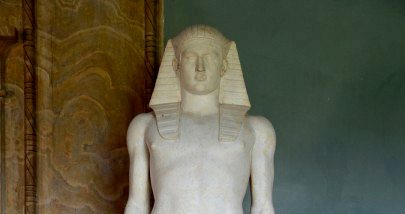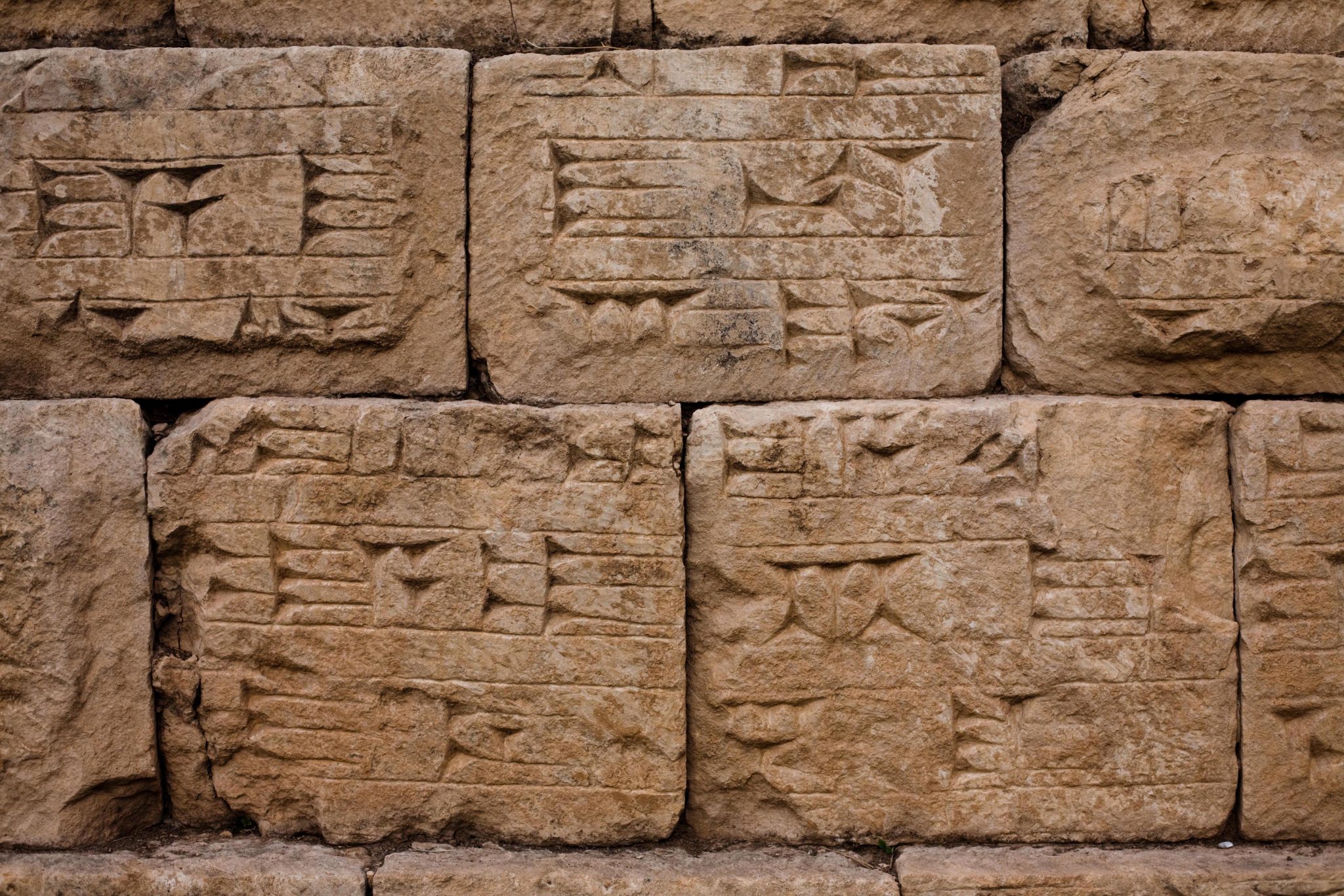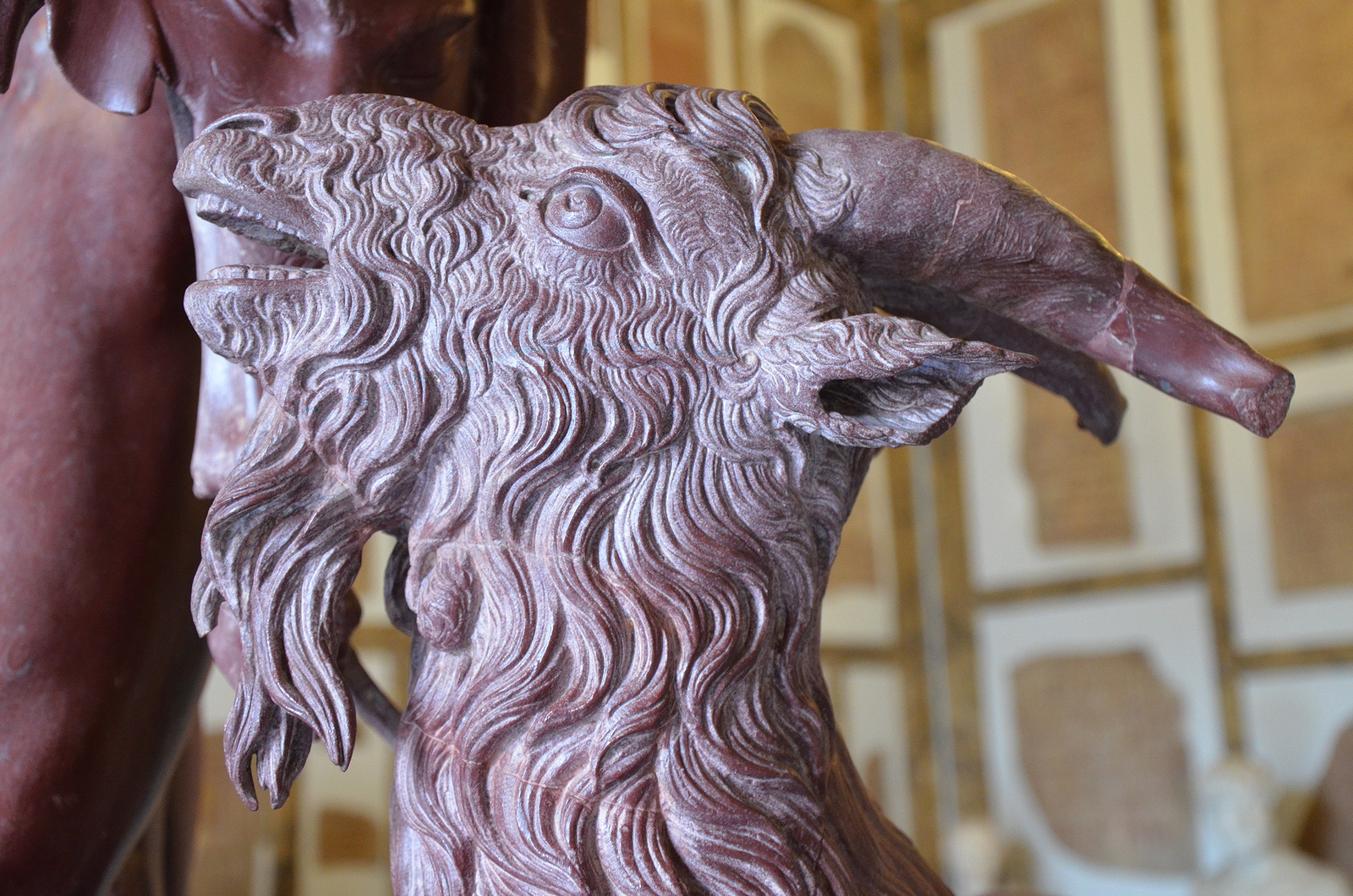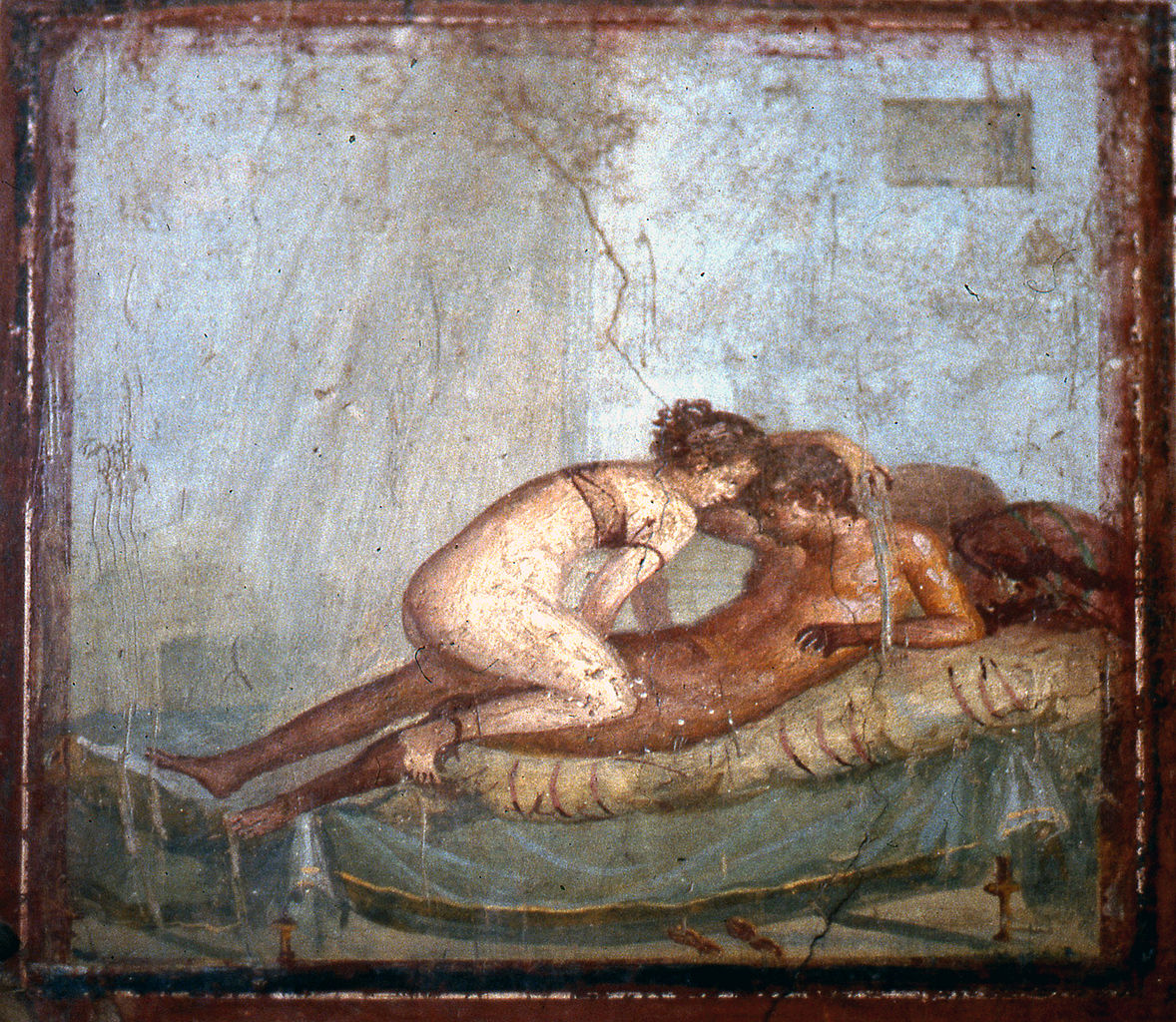The Obelisk of Antinous
While Hadrian was visiting the province of Egypt in late 130 AD, his favorite Antinous drowned mysteriously in the Nile River. This tragic event led to the creation of a new divinity: Osirantinous, or Antinous as a manifestation of Osiris, the god who died and was reborn. One of our best primary sources for information about the new deity Osirantinous and the founding of Antinopolis, the new city created by Hadrian near the spot of Antinous’ death, is the Obelisk of Antinous, found in Rome outside Porta Maggiore at the end of the 16th century. The Aswan pink granite obelisk, which now stands in the Pincian Hill Gardens, was commissioned by Hadrian after 130 AD to honour the deceased Antinous.




